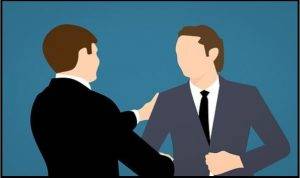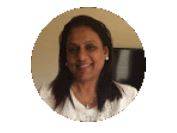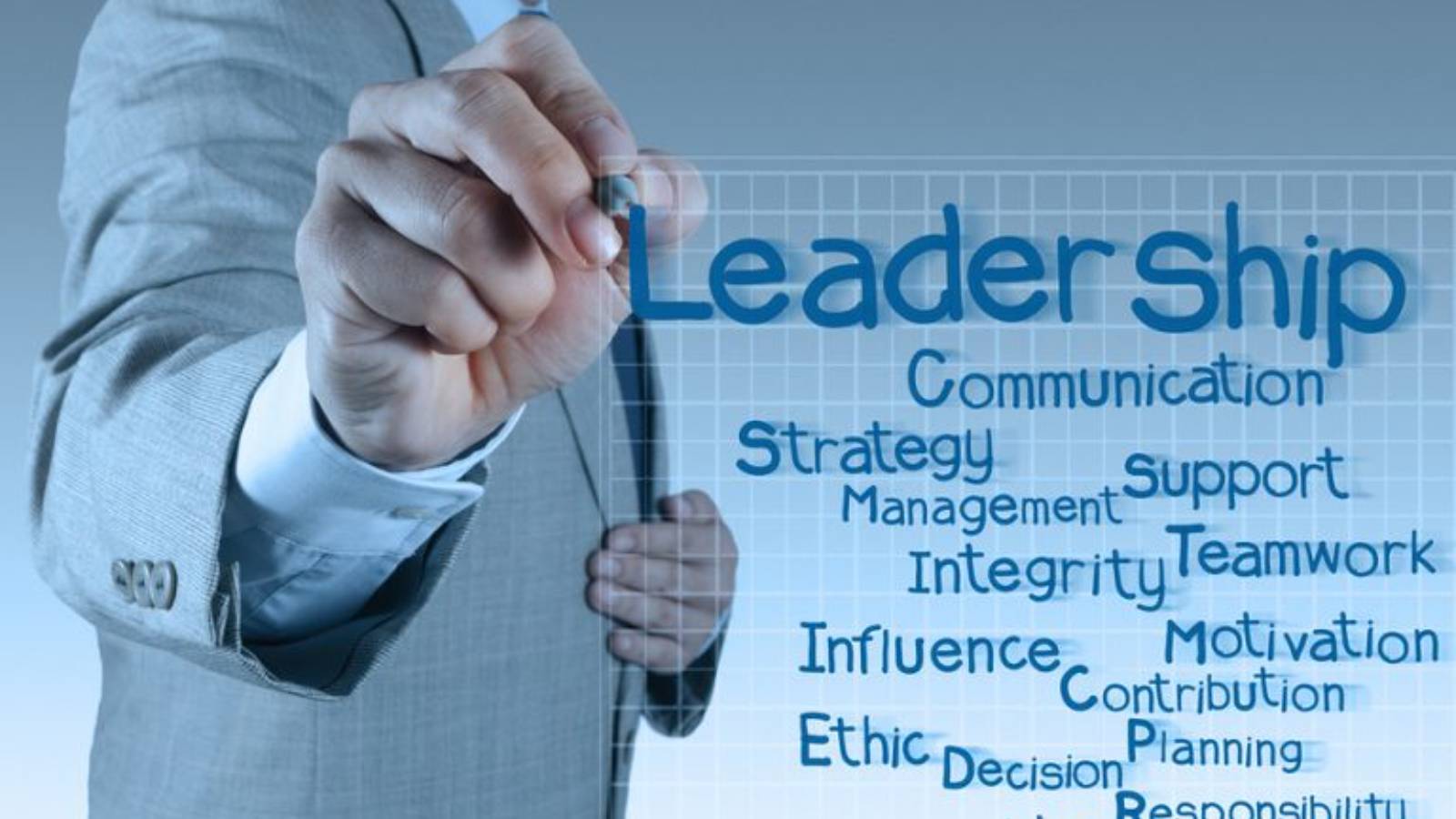“The challenge of leadership is to be strong, but not rude; be kind, but not weak; be bold, but not bully; be thoughtful, but not lazy, be humble, but not timid, have humour, but without folly.” – Jim Rohn
 Do you really think that the role of a leader in the present times has remained static and unchanged? If you think so, you may think again. Perceptive leaders will not deny the fact that it has changed. There has been a good deal of role reversal. They cannot afford to be belligerent or authoritative anymore. Gone are the days when they reigned supreme! And if they think they are, they live in a world of illusion and are stuck in a medieval mindset.
Do you really think that the role of a leader in the present times has remained static and unchanged? If you think so, you may think again. Perceptive leaders will not deny the fact that it has changed. There has been a good deal of role reversal. They cannot afford to be belligerent or authoritative anymore. Gone are the days when they reigned supreme! And if they think they are, they live in a world of illusion and are stuck in a medieval mindset.
Most leaders have adjusted the sails of their attitude to the new winds of cultural change. They have felt a need to first reskill themselves, rework their very own mindsets, reinvent their leadership styles, and thereafter address the needs and aspirations of their employees. Humility and humanity rather than pride and high-handedness are the new buzzwords defining the new normal.
The COVID-19 scenario has posed great challenges for the leader. The workforce of all companies and organisations is living in fear – there has been a worry about psychological safety -employees living in constant apprehension of being laid off, of abrupt termination, of enforced early retirement, etc. Can leaders allay these fears by bringing to the fore their empathy and humility? Are the employees being assured that they are valued as individual contributors and not viewed as faceless resources? Even in these critical times, the workforce is committed to giving their all to boosting productivity, and making up for lost work hours but can the leaders perceive this? Do they have a foresight that there lies a tremendous opportunity at hand, to reckon the work and worth of the highly motivated human resources of the organization?
In my opinion, leaders will now have to build flexibility and give the workforce opportunities to unlearn and relearn things in the changed scenario. What could not be done a year ago is now being done or attempted, with rediscovered vigour and a renewed spirit of boldness and conviction which is a remarkable feat. And this is what matters. Hence, the leaders need to take on board the new reality that the workforce, the corporate, the market and all other stakeholders are now at a point of inflection. They must know that old ways cannot deliver and therefore, they need to discover novel and innovative navigable paths on the work front. Leaders must give them this freedom, the leeway to freely navigate their way around and reskill themselves in ways best suited to them. They need to be open to their learning, and in the process, be the new facilitator-in-chief to help them forge their new navigable paths. In all likelihood, they may emerge more skilled and much stronger than before. Showing care and concern, lending them a shoulder, and plodding along with them would go a long way in meeting the needs and goals of the organisation itself.
Leaders may play their role best by being honest and transparent with their employees about sharing all aspects, all the pros and cons, of the COVID-19 induced current situation of the organisation and invite their insights and inputs into what could be done to safeguard the organisation from crumbling down. Bringing before them the realistic picture by ensuring transparency, would not only deepen their loyalty to the organisation and shore up their faith in the management, but also motivate them to give their best in the challenging task of recouping losses, if any, and restoring the organisation’s strength and robustness.
 In this transitional phase of organisational culture, leaders ought to welcome change and be ready to embrace it. It is the dawn for new beginnings, disruptive innovation,and honing of skills in the art of change management. If they choose to remain silent spectators to this new awakening, under the illusion that the winds of change will die down once the pandemic is over, they will simply be swept away by the blasts of change and made to fall by the wayside.
In this transitional phase of organisational culture, leaders ought to welcome change and be ready to embrace it. It is the dawn for new beginnings, disruptive innovation,and honing of skills in the art of change management. If they choose to remain silent spectators to this new awakening, under the illusion that the winds of change will die down once the pandemic is over, they will simply be swept away by the blasts of change and made to fall by the wayside.
Leaders cannot underestimate the power of the workforce and their never-say-die-attitude. They will do all they can to keep their kitchen fires burning. They will do everything it takes to salvage their organisations too. Hence, showing maturity and being liberal in their approach will need to be the new mantra for leaders. Leaders will have to don the new garb of ‘friend, philosopher and guide’, keeping the morale of their followers high at all times and encouraging them at every stage to drive their innovation and enterprise. They will have to give them this space for new creativity, new thoughts and help them thrive and flourish in the changed environment. For it is not only about securing the future of the leaders themselves but about the ultimate survival of the organisation itself.
In the words of Tim Welsh, Vice Chairman of Consumer & Business Banking of a US Bank, “The world is changing really fast but if everyone keeps operating in cubicles, sitting in on conference calls, and going over on power point slides, then your way of working is not matching with your new mindset.” If things that were impossible yesterday are being done today, then can the leaders fathom the mindset of their workforce? They should be aware that they will make mistakes, stumble, and fall but they will sure rise up again and renew their efforts until they succeed. Leaders need to be aware of the crucial role they will now have to play.
Many organisations will bear testimony to this fact. Maruti Suzuki is a case in point, and so is State Bank Institute of Leadership (SBIL), the first, a giant car maker and the other a fledgling at the moment aspiring to soar to heights. Both have witnessed this new normal. While production goes on at Maruti Suzuki despite challenges, training-cum-learning sessions are afoot at SBIL, albeit in new, innovative ways.Classes that were held in closed rooms are now being run by way of webinars, web-series, etc. Is that not change of mindsets for one and all? Participants are also open to the online learning and have accepted the new and innovative methods of delivery. The impact of the innovation has been the transnational access of learning sessions that makes for a wider reach. This can become a mantra, an ethos, and a new normal.
Rightly has it been said that it is innovation that distinguishes a leader from a follower. And role reversal would imply that it is the followers today who are driving innovation. They are not stomping on the beaten track but negotiating untrodden paths and asserting their own innovativeness. Leaders will, therefore, have to model themselves as facilitators of these change efforts by followers and play the role of positive enablers for them. Verticality and hierarchy of structures is out. Hence, acceptance of horizontal architecture and non-hierarchical environments, need to be embraced, as the first mindset change on the part of the leaders of today. They will then find it easier to change course. They will feel comfortable in relating to people with empathy, dignity, care, and concern! That would entail a radical redefining of the role of a leader today.
In the words of Chris Hadfield, Astronaut, and former Commander of the International Space Station, “Ultimately, leadership is not about glorious crowning acts. It is about keeping your team focused on a goal and motivated to do their best to achieve it, especially when the stakes are high, and the consequences really matter. It is about laying the groundwork for others’ success and then standing back and letting them shine.”

Jeanne Pereira
AGM & Faculty
State Bank Institute of Leadership, Kolkata






Excellent article. The way the situation is analysed is superb.
Really informative and useful
Nice article…objectively defining its various aspects.
Good